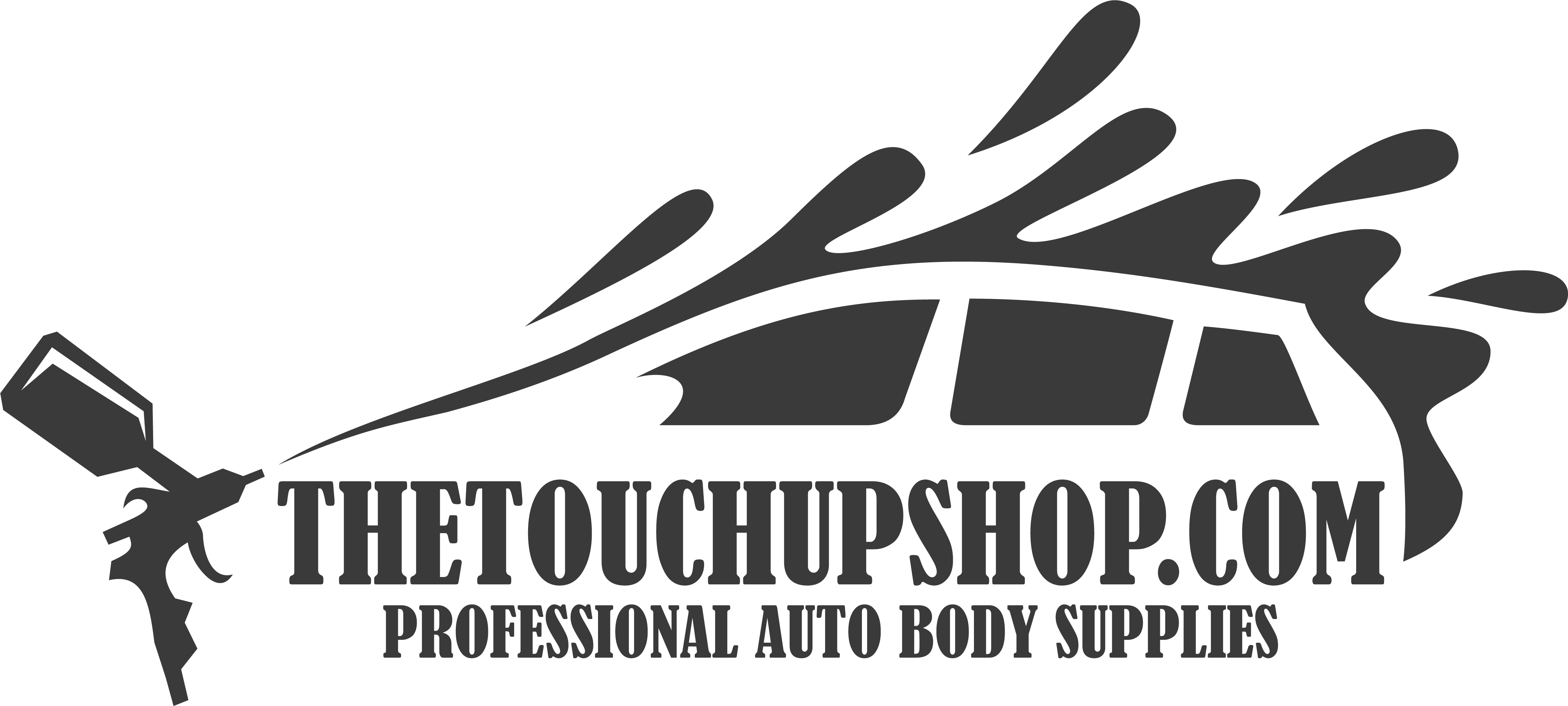How to DIY: Paint Your Car Bumper
Have you ever considered the beating that the bumper on your vehicle takes for you? Every day you are on the road, that bumper is eating rocks, getting attacked by potholes and rubbing up against curbs. It does its job well but the problem is that over time, your bumper starts to look pretty rough.
You could take it to a dealership to get painted and repaired but what if you could do it yourself? What if a cheap DIY car paint job could take care of all of your bumper troubles? Would you look into it?
For most people, DIY auto paint repairs are intimidating. It’s one thing to change a light bulb, replace windshield wipers or even switch out seasonal tires. Often,painting is seen as the realm of professionals and professionals alone. This isn’t the case. If you have a willingness to learn and are patient, painting and repairing your bumper is easily within your reach.
Where Do You Begin with DIY Auto Paint Repairs?
The time has come. You have decided that a DIY paint/ car bumper project is worth tackling. The big question is, where do you begin? There are a few preliminary questions that are worth asking yourself to get an idea of what lies ahead in your DIY paint/ car bumper project.
- DIY Auto Paint Repairs Question 1: How Much Damage Am I Repairing?
The state of your bumper is the key factor in determining if the task of repairing and painting should fall on you. When it comes to DIY auto paint repairs, not everything is fixable by amateurs. Assess the bumper and see what needs fixing?
Are there scratches and scuff marks on the bumper?
Are there deep gouges and cracks in the paint?
Are there small holes to be fixed?
All of these can be repaired and repainted by someone willing to use some elbow grease and pick up some “do it yourself” car touch up paint.
- DIY Auto Paint Repairs Question 2: Is A Cheap DIY Car Paint Job A Good Idea?
This depends on the damage you are looking to fix and the type of car that you are hoping to fix.
Is the bumper in question attached to a collector car? If so, take it to a body shop.
Are you trying to repair the bumper on a high-end sports car? Get that done
professionally.
Did you borrow someone’s car, ding it up and are now trying to get away with it? Be honest, tell them and suggest you repair it yourself!
- DIY Auto Paint Repairs Question 3: What Supplies Are Needed for Painting A Car?
Assuming that you will need to repair cracks, holes and big scratches, these are all the supplies needed for painting a car.
- The proper grit of sandpaper
- Tack cloth
- Microfiber cloth
- Grease and wax remover
- Primer spray paint
- Baselayer spray paint (OEM color spray paint)
- Clear coat spray paint
- Rubbing compound
- Bondo
- Bondo Spreaders
- Wax
- Eye protection
- Gloves
- Paint-grade respirator
Once you have all your safety gear and products, you are ready to get started on your cheap DIY car paint job.
What Are the Steps in My DIY Auto Paint Repair?
1. Assess the damage and plan accordingly
Make sure to have all the right gear and a place to do your repairs.
2. Remove the BumperAll bumpers have a specific pattern you must follow to remove it properly. Check YouTube for videos to help you in this process. Make sure to remove all plastic grills, accents and anything else you don’t want painted.
3. Wash the Bumper
This part is key. Paint won’t stick to a dirty surface. Soap and water with a microfiber cloth should be enough to clean it but a degreaser will help to fully clear it of gunk.
4. Sand the Bumper
Before sanding or painting, make sure to be wearing the proper personal protective equipment necessary for a job like this. That is eye protection, gloves and a paint-grade respirator.
Next, use 600 grit sandpaper and wet sand the entire bumper until it is smooth.
5. Wipe and Dry the Bumper
Use a tack cloth to remove any debris and let the bumper dry. You do not want to try and apply Bondo or paint to a bumper that is not completely dry. Even though you are doing DIY paint/ car bumper repairs, you want to follow the rules the professionals do. Never try to paint anything that is not completely dry.
6. Use a Solvent on the Bumper
When you are doing DIY auto paint repairs, a solvent isn’t always one of the supplies needed for painting a car. However, there is no denying that using a solvent will always result in a cleaner and more professional finish. It is definitely worth using if you want the best possible results.
7. Mix and Apply the Bondo
Bondo is an incredibly versatile automotive body filler. It is easy to work with and does an amazing job fixing and filling holes. It is used professionally but is also used in almost all “do it yourself” touch up car paint projects. If you are unfamiliar with it, take a look at this video to learn more.
Once you mix the Bondo with the hardener, apply a thin layer of it in all the areas you need it, being careful not to use too much. A thin layer will fill in all the cracks and holes in your bumper.
8. Sand and Re-Assess
This is important. Hand-sand with 80-grit, then move onto 120-grit and finish with wet sanding with 400-grit. After it is dried and you wipe it off, ask yourself, “Does it need another layer?” Can you still feel and see holes or deep gouges? If so, add another thin layer of Bondo.
9. Sand and Clean Bumper
Sand again and clean with a microfiber cloth, followed by a tack cloth. Once you are satisfied with the feel and look of the bumper, it is time to move on to paint!
10. Add a Layer of Primer
This is critical. Picking the right “do it yourself” touch up car paint is important of you want to get a nice finish. Make sure to use only the best primer for your bumper. The primer is what your base layer of paint will be sitting on so you must do this step right.
First, spray a few sprays away from anything to make sure that the tip is clear. Next, hold the can approximately 12 inches back from the bumper and use large, steady, sweeping motions to apply the primer. Do this until your bumper is fully painted in primer.
11.Sand and Reapply
Wet sand your primer with 600-grit paper, followed by 1000-grit paper. Wipe the bumper off, give it time to dry and re-apply another layer of primer.
12. Add a Layer of Base Coat
The base coat is one of the most important supplies needed for painting a car, especially if you are doing a DIY paint/ car bumper project. Using OEM color spray paint will guarantee that you get the exact color match for your make and model of vehicle.
Testing the paint before applying it to your bumper is always a good idea. This color should match the color of the rest of your car. Use the same sweeping motion to apply your base layer coat. Overlapping your passes by 50% each time will give you smooth and even coverage.
13. Sand and Reapply
Sanding between coats will give you the best possible finish. Some people will choose to skip this step and go straight to adding another layer of base coat. You can do this as well but it is suggested to sand between layers for the most professional finish. Use 1500-grit sandpaper to wet sand the painted surface.
Reapply another layer of base coat, leaving another 30 minutes to dry. Repeat this process 3-4 times.
14. Clean
After sanding for the final time, clean and wipe down your painted bumper and let it dry.
15. Add a Layer of Clearcoat
Clearcoat is the final layer of spray in your cheap DIY car paint job! Clearcoat adds a protective layer to your paint job that adds gloss, as well as protects. Apply the clearcoat in the same manner that you applied the primer and the base coat, making sure to overlap by 50% to get the best coverage.
16. Let Dry and Reapply at Least Once More Time
An extra layer of clearcoat or two will ensure a nice, even finish. Once you apply the clearcoat, let it dry for 30 minutes, and reapply. The final layer of clearcoat should be allowed to dry for at least 6 hours but can be left alone for up to 24 hours.
17. Use Finishing Compound
Another one of the important supplies needed for painting a car is a finishing compound. Finishing compound adds another protective layer to your paint job. “Do it yourself” touch up car paint jobs will always benefit from using a finishing compound.
Apply the compound with a cloth, rubbing it into the finished paint job. This finishing compound fills in any imperfections and seals it all in a protective coating. Buff it to finish.
18. Apply Wax
Wax on, wax off. Give your bumper a beautiful gloss finish with a nice wax.
19. Reinstall Bumper
Get that bumper back on your car!
20. Stand Back and Admire Your Work
Bask in the glory that is your work! You have officially finished your own DIY auto paint repair!
The Touch Up Shop Has You Covered
TheTouchUpShop.com has everything you need to get going on your cheap DIY car paint job and much more. All the supplies needed for painting a car, doing a DIY paint/ car bumper project or a DIY auto paint repair is available at TheTouchUpShop.com.
Contact us to see how TheTouchUpShop.com can get you started on your DIY paint projects today!


Share:
Doing DIY Car Paint Repairs
The Best DIY Car Paint Kits for 2022